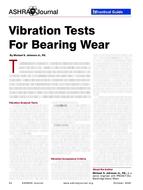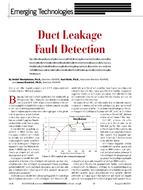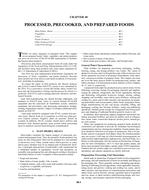Improvements in indoor air quality and overall occupant comfort and health can be achieved by reducing airborne sources of illness and infection. Many facility acquired infections (FAIs) originate from the air. Controlling these airborne pathogens is a priority for building’s facilities teams across industries. An advanced air purification technology (AAPT) was designed to inactivate the DNA and RNA of all bacteria, fungi, and viruses, rendering them non-infectious. The technology also comprehensively remediates volatile organic compounds (VOCs). This study investigates the effect of AAPT on environmental and clinical metrics in two healthcare settings.
This study represents a post-hoc synthesis of two independent and institutional review board (IRB) approved projects where AAPT operated in an acute care hospital’s medical surgical floor (ACH-MSF) and in a long-term care facility’s (LTCF) memory support clinical unit. The AAPT was installed within each facility’s heating, ventilation, and air conditioning (HVAC) ductwork. The AAPT unit in the ACH-MSF provided comprehensive remediation of all airborne pathogens and the AAPT unit in the LTCF remediated all airborne pathogens and VOCs. In the ACH-MSF, three zones were retrospectively studied on two floors: control floor with high efficiency particulate air (HEPA) filtration, mixed HEPA and AAPT remediation, and comprehensive AAPT remediation.
Product Details
- Published:
- 2022
- Number of Pages:
- 9
- Units of Measure:
- Dual
- File Size:
- 1 file , 2 MB
- Product Code(s):
- D-TO-22-C004
- Note:
- This product is unavailable in Russia, Belarus


